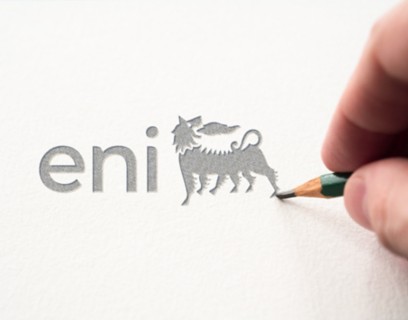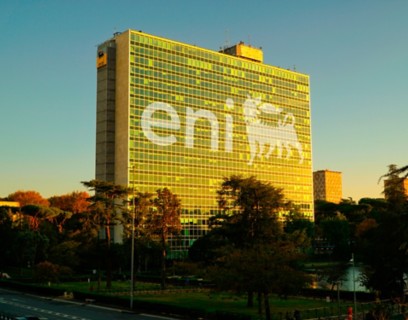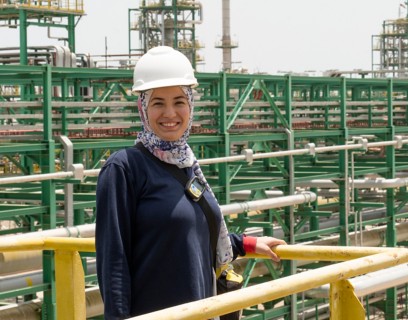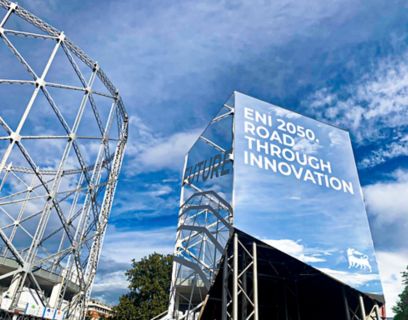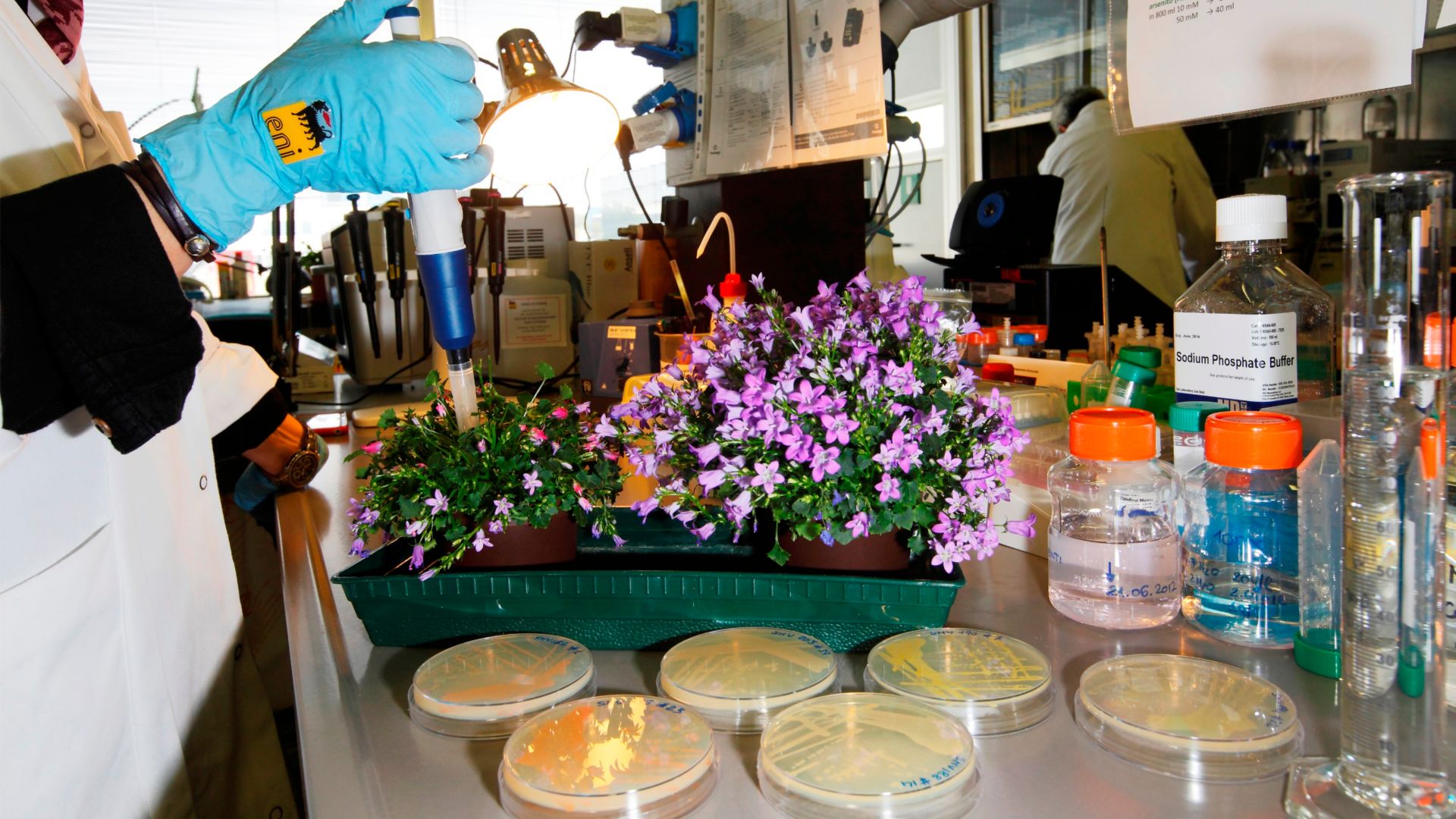- STORIES
MyEni Login
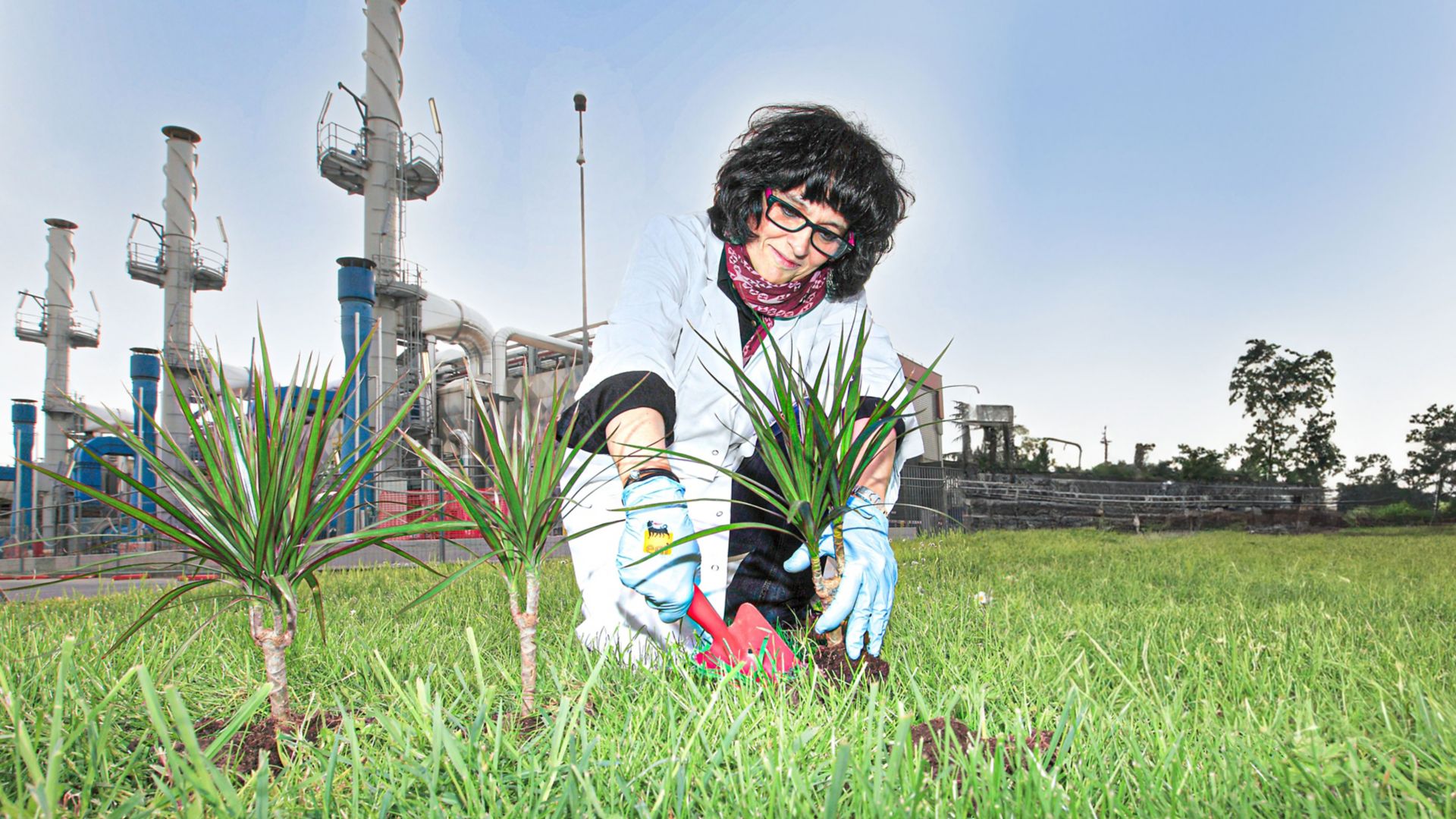
Heavy metals, organic and chlorinated compounds are just some of the substances that may remain in the soil as residues of past industrial activities. These are responsible for environmental pollution and are harmful to plants, animals and, potentially, humans. Reclaiming a site using traditional methods is not always the most sustainable solution in terms of both environment and CO2 emissions. One of the possible alternatives is to source to the so-called “in-situ” treatment methods, which have a low environmental impact and can reduce the amount of pollutants in the soil, bringing them within the limits set by environmental regulations, i.e. levels which do not undermine human health.
Phytoremediation
Among these “in-situ” remediation technologies, Eni Rewind is applying phytoremediation, thanks to the natural ability of plants to extract certain heavy metals from the soil and eliminate organic compounds, without the need to move the soil. This natural process improves the chemical-physical characteristics of the soil until environmental regeneration is reached.
There are two main mechanisms: in the first one, called phytoextraction, plants extract heavy metals from the soil and accumulate them in the roots and in the leaves. The second one, known as phytorhizodegradation, exploits the synergy between plants and so-called rhizospheric microorganisms that are found around and within their roots, to biodegrade organic contaminants, transforming them into other simpler, less toxic molecules that are metabolised (therefore eliminated) by the plants themselves. When their action is supported by particular growth-promoting bacteria (Plant Growth Promoting Rhizobacteria), we intend enhanced phytoremediation.
Thanks to laboratory tests and greenhouse tests carried out by biologists and microbiologists from the Environmental Technology Unit of the Eni Research Centre in San Donato, and colleagues from CNR in Pisa, we have identified the optimal conditions for applying assisted phytoremediation in areas that have been contaminated by heavy metals and hydrocarbons.
A selection of the most suitable plants
We characterised the most suitable plant species for the different types of contaminants and defined the microorganism/plant associations with the highest yield. Having proved the effectiveness of the technology in certain contamination conditions, the next step is to lay out intervention protocols shared with the public bodies in charge of environmental and health protection.
Phytoextraction is a viable alternative to traditional treatments due to the great biodiversity of the plant kingdom and the many species that can grow and accumulate heavy metals even on contaminated soils. The following are the main ones we are currently working on.

All the selected species have already proven capable of extracting and accumulating significant amounts of different metals in roots and leaves, with efficiency ranging from 35% to 40% per life cycle.
It is possible to assume that in the field, after 3-5 successive seasonal cycles, we will be able to completely eliminate the bio-available fraction of hazardous metals.
How microorganisms can help
A key role is played by rhizospheric microorganisms. The extraction process was amplified using metal-tolerant bacterial strains, i.e. bacteria that can survive in the presence of particular metals. Where did we find them? In some of the very same contaminated soils in which they settled.
Once detected, we have characterised them, cultivated in the laboratory and finally injected them into the soil.
Why is their role so important? When added to the soil together with various plants, these microorganisms significantly improved the plants performance, both in terms of growth and phytoextraction efficiency: the latter increased by 40-50%, making it possible to extract up to 60% of bio-available pollutant metals in one single season and thus achieving the targets set for reclamation much more quickly. But there's more: the same beneficial microorganisms are also potentially hydrocarbon-oxidant, for example, they enable the biodegradation of organic pollutants.
The result is an efficient, sustainable and cost-effective environmental recovery compared to conventional chemical-physical techniques.
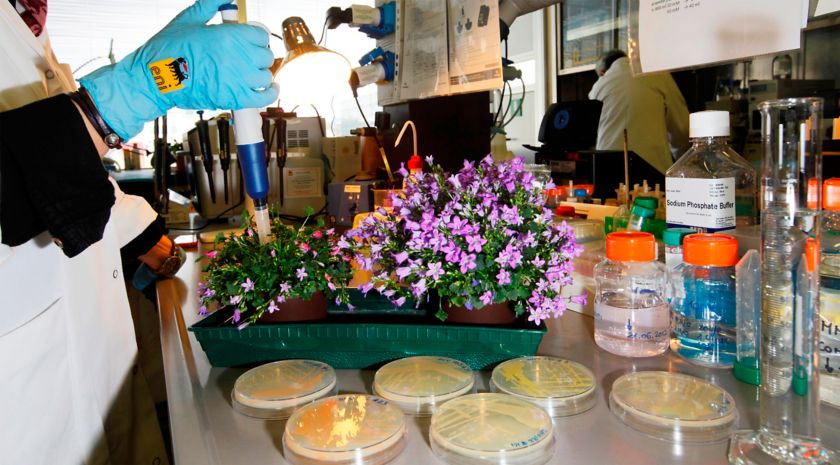
Eni.com is a digitally designed platform that offers an immediate overview of Eni's activities. It addresses everyone, recounting in a transparent and accessible way the values, commitment and perspectives of a global technology company for the energy transition.
Discover our mission

